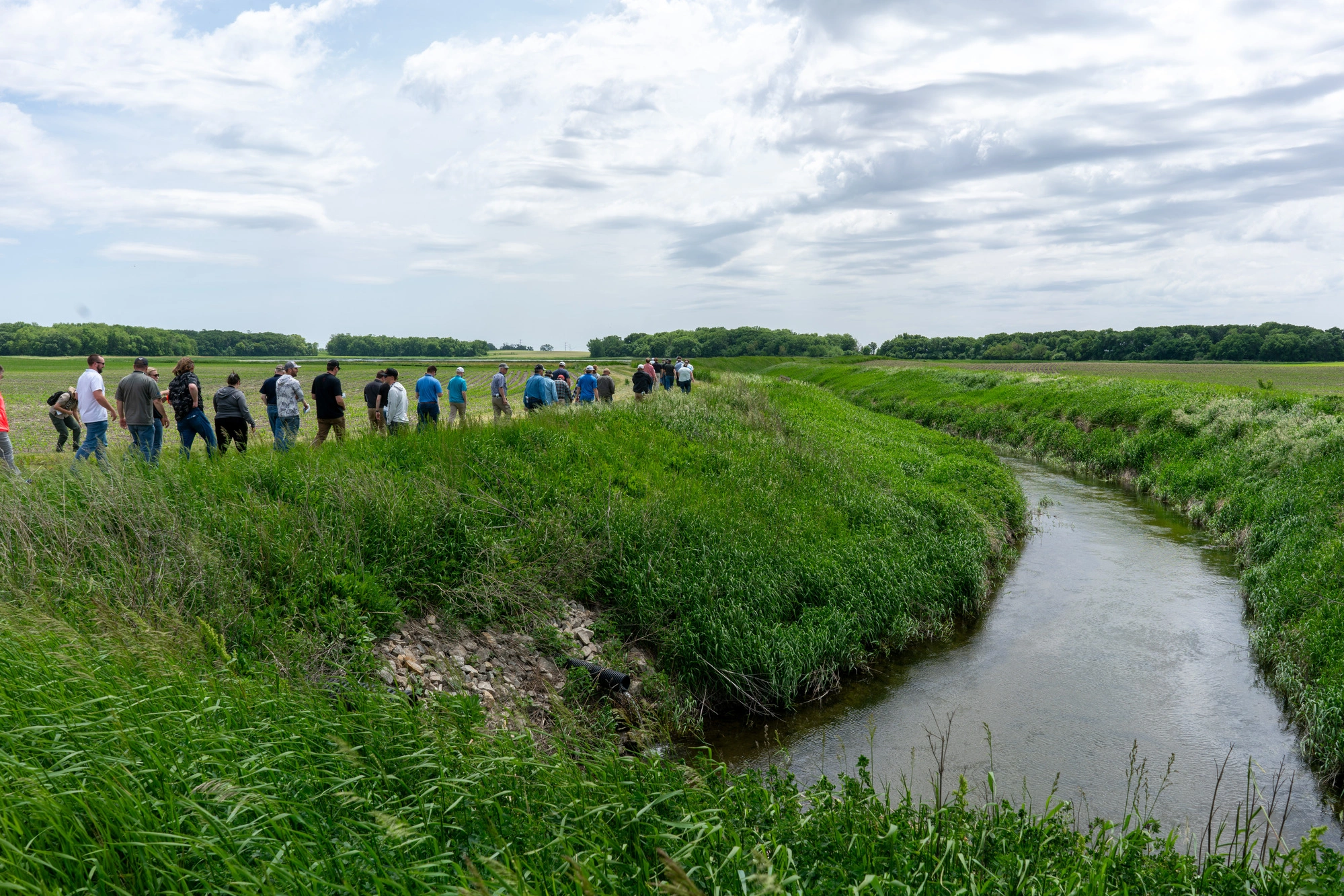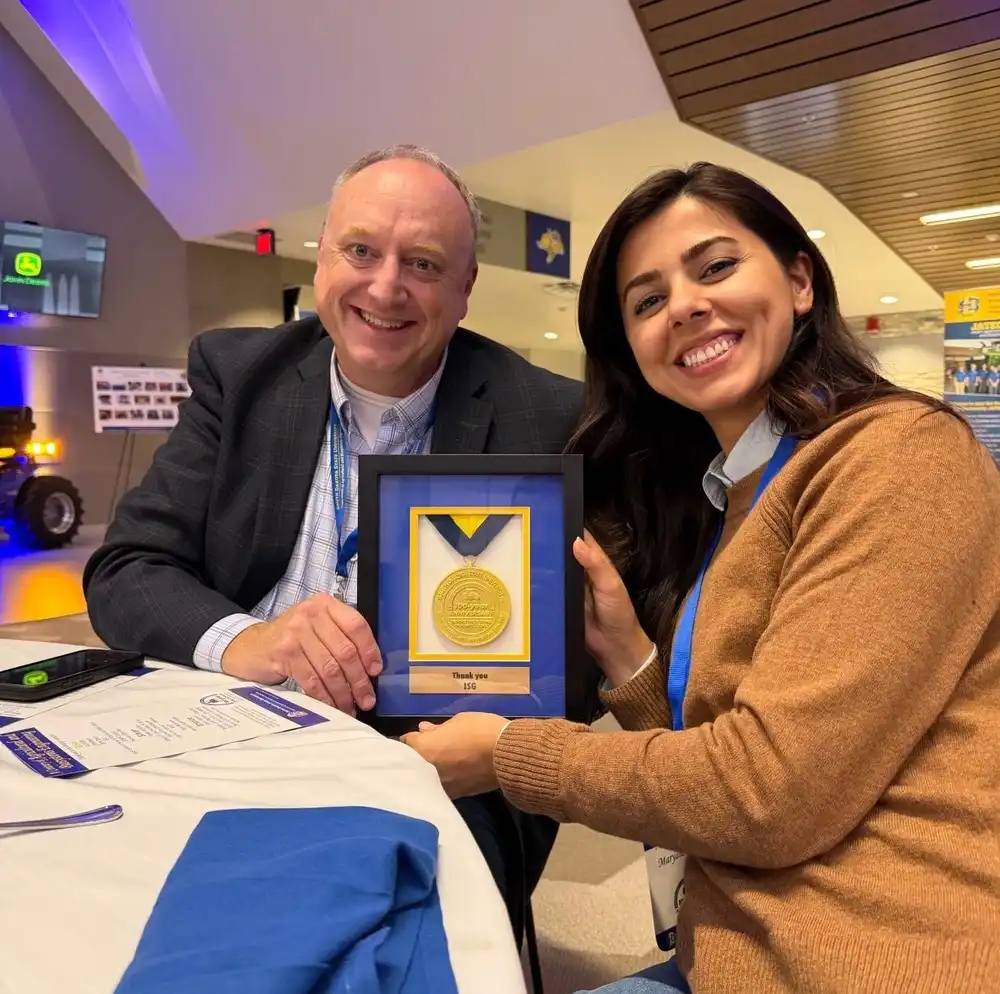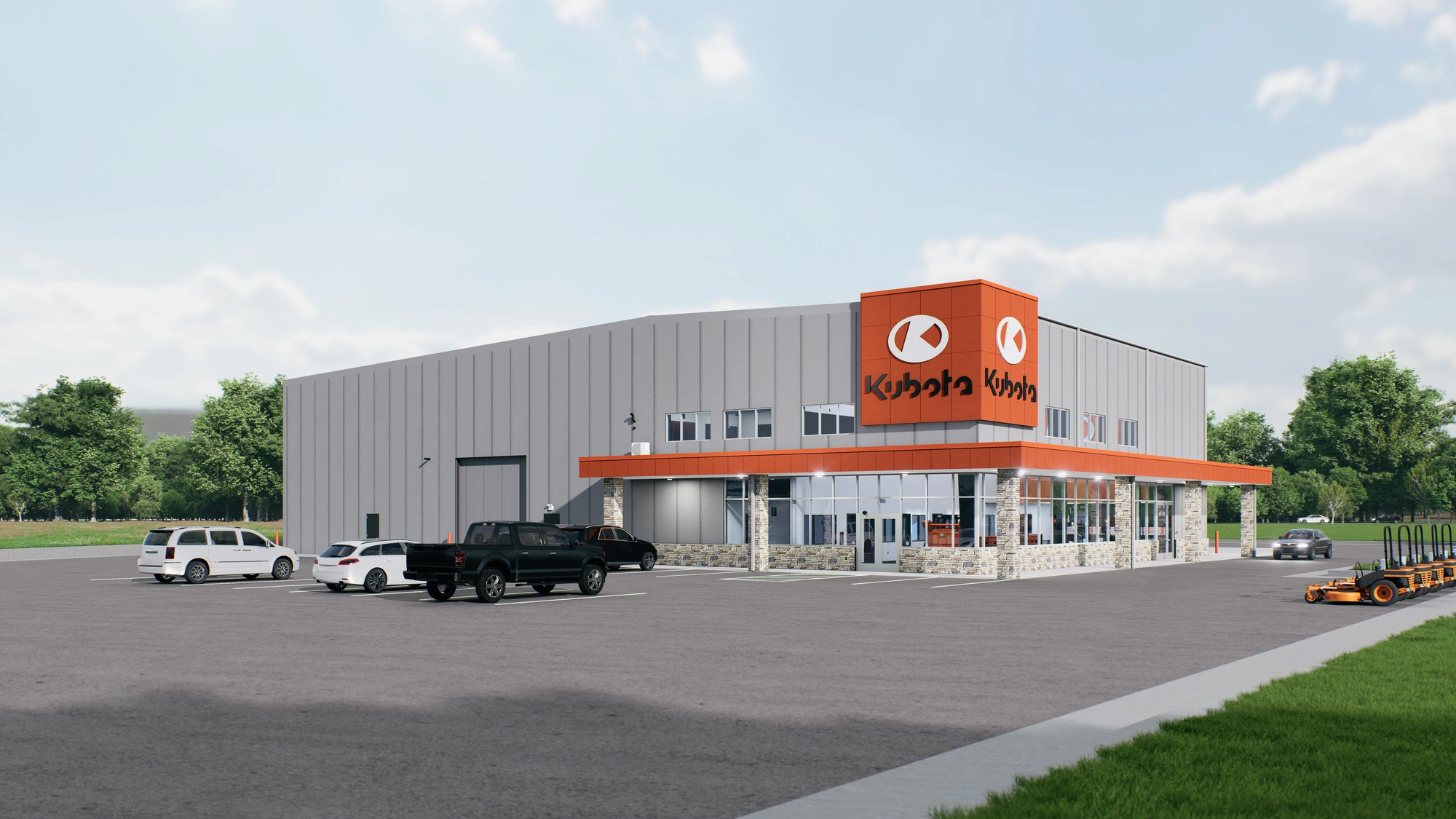Reaching New Depths with HyDrone
Our world doesn’t stop at the water’s edge, and with HyDrone, neither do ISG’s survey capabilities. One of the newest additions to our fleet of industry-leading technology, this remote-controlled survey boat allows project teams and clients across our 12 business units to reach new depths as we investigate underwater terrain with speed, accuracy, and safety.
Mapping the World Below
The agile catamaran offers a safer, more efficient means of mapping the world below the surface. From drainage ditches and shallow wetlands, to mines and sewage treatment ponds, to expansive lakes and rivers, the durable, watertight design and attached echosounder provides highly accurate, detailed data of areas that were previously inaccessible or unsafe for manual survey methods.
Easily operated and transported, the boat is lightweight and manageable enough to be manned by a single team member, while remaining sturdy enough to withstand the wet and windy conditions associated with hydrographic surveys. This ease of use accelerates the ability for teams to conduct due diligence without sacrificing quality. As the watercraft cruises along the surface, the attached GPS and sonar systems produce detailed, conclusive mapping and imagery of the subaquatic terrain to help project teams and clients make better decisions, faster.
Delivering Results
Whether analyzing the topography of a wetland to implement Best Management Practices (BMPs) or inspecting municipal sewage treatment ponds to determine dredging needs, the HyDrone offers a more reliable, comprehensive view of submerged surfaces and expands ISG’s full-service arsenal. Although it’s only been a part of ISG’s toolkit for a few months, the watercraft is already making waves for clients across the Midwest.
Most recently, the HyDrone was critical in bringing fiber optic connectivity to the La Crosse Regional Airport. With the 1,428-foot wide Black River standing between the City of La Crosse and the Airport, the project team used the vessel to collect data on the riverbed’s topography to inform the boring plans needed to install a conduit 15 feet below the riverbed. The HyDrone not only paved the way for more accurate designs but saved the client time and money while reducing the environmental impact.
This resourceful application is just the first of many for the HyDrone, highlighting ISG’s commitment to continually investing in resources that enable us to serve as a one-stop-shop as we provide all-inclusive, context-based survey and technology solutions for clients.




Related Articles

.webp)
ISG Recognized as a 2025–26 Emerging Professional Friendly Firm for the Fourth Consecutive Cycle
ISG has been honored as a 2025–26 Emerging Professional Friendly Firm by AIA chapters in North Dakota, South Dakota, Wisconsin, and Minnesota in recognition of its commitment to fair compensation, licensure support, mentorship, and growth for early-career architects.

.webp)
Capturing Value From Every Drop: Reflecting On The Drainage Water Recycling Economic Analysis Report
Explore how ISG’s economic analysis of drainage-water recycling reveals the value in every drop, from yield gains and cost savings for producers to nitrogen reduction benefits for downstream communities.










